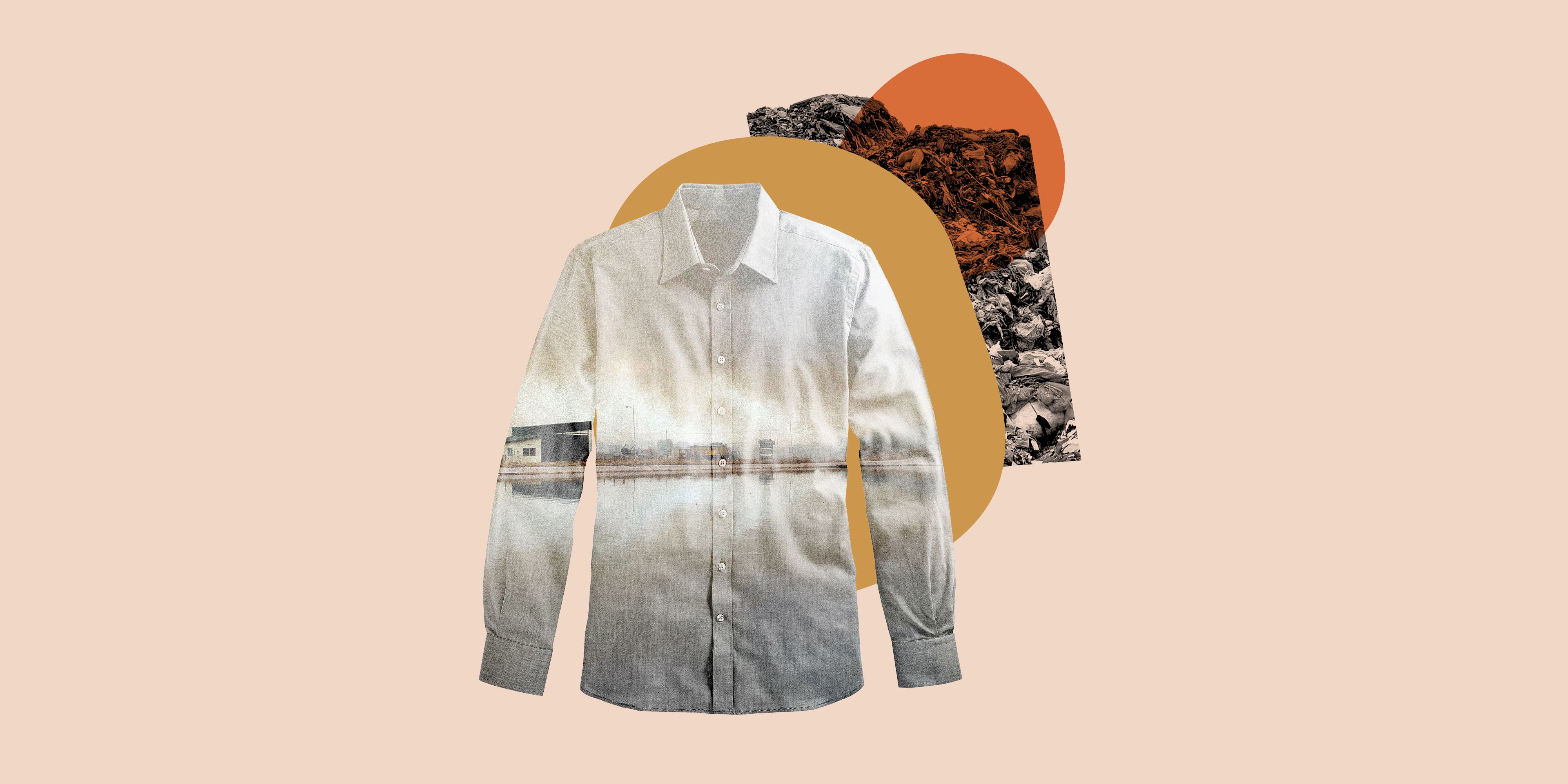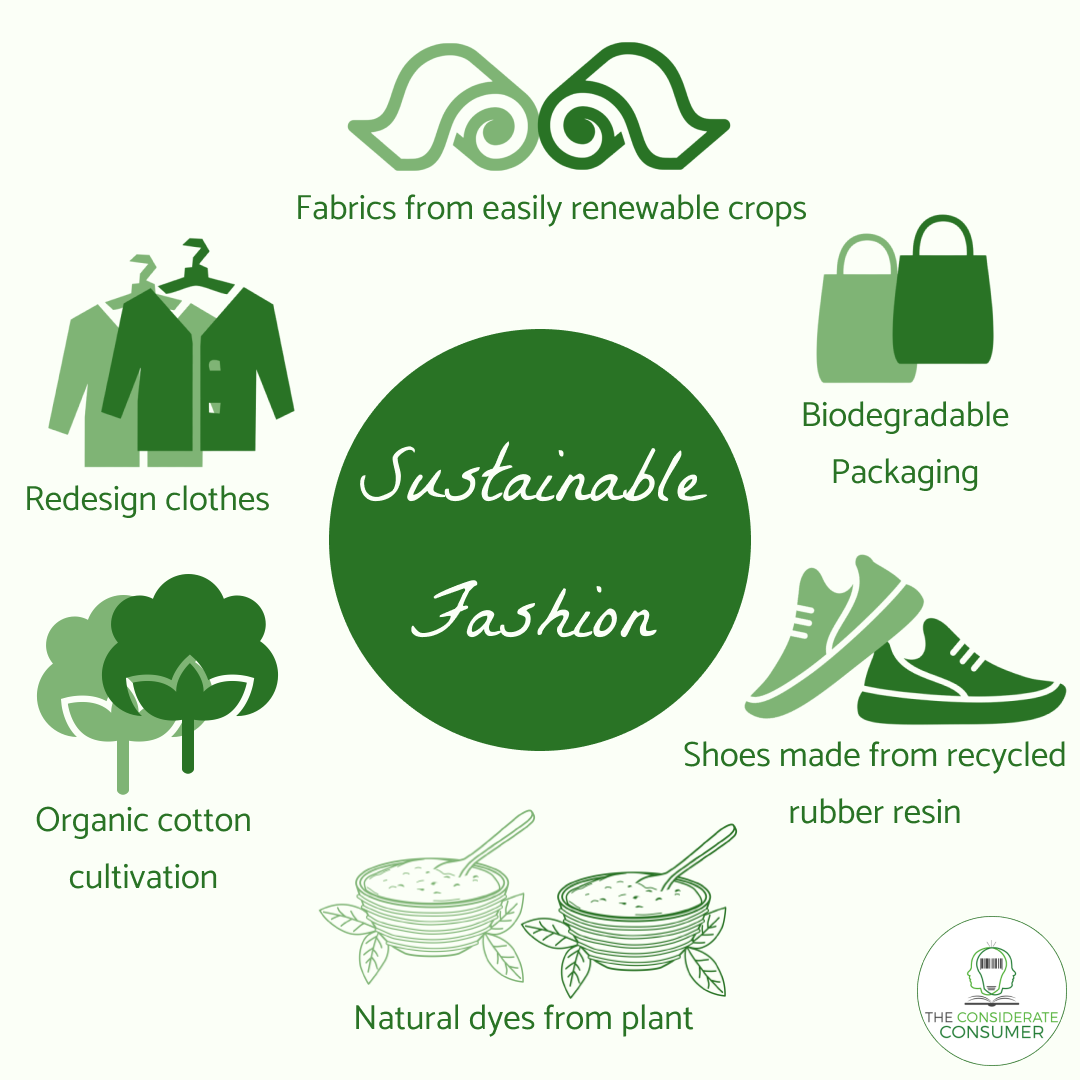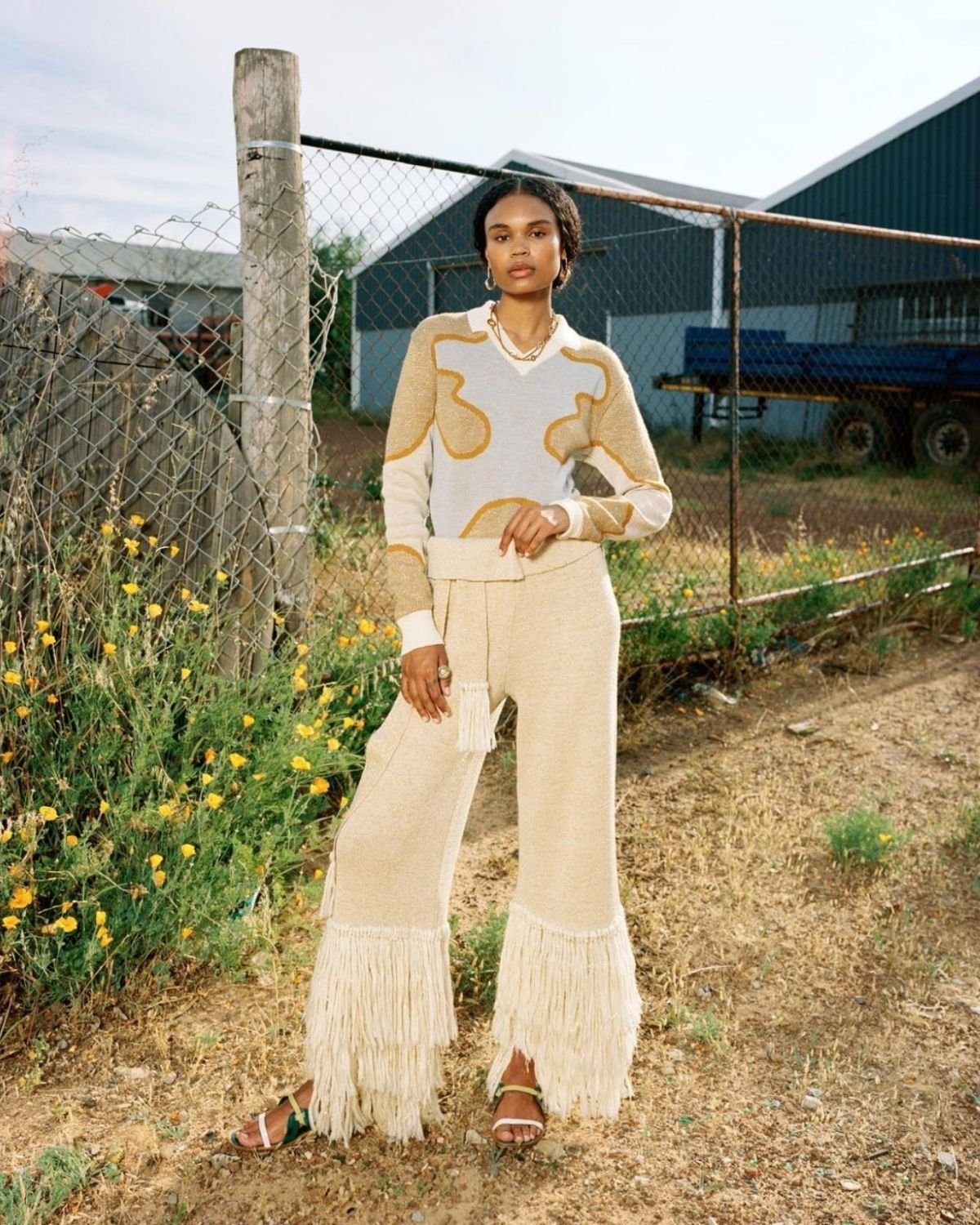Remain Ahead of the Contour by Exploring Cutting-edge Style Fads
In an industry as dynamic as style, remaining in advance involves even more than just adhering to existing patterns-- it requires an expedition of development. Smart fabrics, for example, are changing garments into practical work of arts, while 3D printing is transforming layout processes with its personalized, waste-reducing abilities. As sustainability becomes a foundation, technologies like green materials and round fashion methods are reshaping ecological duty - Cape Town Sustainable Fashion. In addition, the convergence of modern technology and fashion declares a new era of consumer involvement. Just how, then, can these arising fads redefine the future of fashion, and what effects do they hold for brands looking for to flourish in this evolving landscape?

Accepting Smart Textiles
Over the last few years, the apparel industry has actually seen a transformative shift with the combination of wise textiles, a sophisticated technology that mixes technology with material. This evolution represents not just a fusion of aesthetic appeals and performance however additionally a substantial leap in the direction of sustainability and customization in vogue. Smart fabrics, likewise understood as e-textiles, installed advanced electronic devices such as sensing units and conductive threads within the textile, allowing garments to communicate with the wearer or the environment.
These fabrics are made to keep track of physiological criteria, such as heart price or body temperature, supplying real-time health analytics. Past health applications, smart textiles are likewise being utilized for adaptive apparel, which can transform shade or pattern in reaction to ecological stimuli, hence offering a vibrant style experience.
Furthermore, the growth of energy-harvesting textiles that generate power from motion or sunshine is paving the method for self-dependent wearable technology. This innovation is interesting ecologically mindful consumers and designers intending to decrease the environmental footprint of fashion. As research and growth in this area breakthrough, wise textiles are anticipated to become increasingly prevalent, improving the landscape of modern-day style with their multifunctional abilities.
The Surge of 3D Printing
Reinventing the production landscape, 3D printing has become a game-changer in the garment industry. This innovative technology has actually allowed developers to press the borders of creativity, creating intricate and personalized garments that were previously inconceivable. By leveraging digital layout and additive manufacturing, 3D printing facilitates the production of complex geometries and patterns, permitting developers to trying out new textures and structures.
A remarkable advantage of 3D printing in fashion is its capacity to create on-demand, decreasing waste and reducing supply demands. This effectiveness not only optimizes production procedures however also permits for rapid prototyping, enabling developers to bring their visions to life in a much shorter timeframe. Moreover, 3D printing supports customization to a degree unequaled by standard methods, supplying special designs and tailored fits tailored to private customer preferences.
The rise of 3D printing has actually also democratized fashion, making it available to emerging developers that can currently make top quality pieces without considerable monetary investment in typical production framework. As technology remains to advancement, the fashion business is positioned to harness the full capacity of 3D printing, checking out brand-new materials and methods that will undoubtedly redefine just how fashion is conceived and generated.
Lasting Style Technologies
As the fashion business faces the pressing demand for environmental obligation, lasting style innovations have actually arised at the center of transformative modification. The growing understanding of ecological effect has fueled a shift in the direction of more eco-conscious techniques and materials. Brand names and designers are now prioritizing sustainability, incorporating methods that lessen waste and lower carbon footprints.
One considerable growth is the increase of circular style, which highlights recycling and upcycling to extend the lifecycle of garments. This technique not just minimizes waste yet additionally encourages consumers to embrace an extra conscious method to clothes intake.
An additional development lies in the adoption of innovative dyeing techniques that make use of all-natural dyes or waterless processes, thereby decreasing the large quantities of water and chemicals commonly used in textile dyeing. Moreover, improvements in biotechnology have actually resulted in the development of lab-grown leather and textiles, offering ecologically pleasant and cruelty-free choices to standard products. Through these pioneering initiatives, the garment industry is making meaningful strides towards a much more lasting future.

Tech-Integrated Clothing
Tech-integrated apparel stands for a revolutionary blend of style and technology, improving exactly how people interact with their clothing. This ingenious domain is marked by the inclusion of smart see this textiles and embedded electronic elements, boosting both functionality and aesthetic appeal. From fitness trackers installed in sports apparel to warmed jackets managed via smart device applications, tech-integrated apparel provides customers extraordinary convenience and versatility.
Introducing brands are driving this trend, focusing on producing garments that react to environmental stimulations or customer commands. For instance, some garments can alter color or pattern in action to temperature changes, while others integrate biometric sensing units to monitor health and wellness metrics like heart price or anxiety degrees. The smooth assimilation of technology into fabrics also encompasses ecological sustainability, with efforts to establish self-cleaning materials or garments that get used to weather problems, therefore lessening the requirement for several layers.
Additionally, the development of wearable innovation is not simply restricted to clothes but reaches devices like watches and glasses, further expanding the scope of tech-integrated style. As the market proceeds to innovate, the potential for customization and customization in clothing expands, supplying customers unique, tech-enhanced fashion experiences that deal with their specific demands and preferences.
Future of Virtual Style
Over the last few years, the future of digital fashion has emerged as a transformative pressure within the industry, leveraging developments in electronic technology to redefine how fashion is developed, experienced, and eaten. By incorporating increased reality (AR), online fact (VIRTUAL REALITY), and 3D layout tools, developers can now craft interactive and immersive experiences that go beyond traditional style boundaries. Online style permits the creation of over at this website garments that exist only in electronic atmospheres, offering limitless possibilities for innovation without the limitations of physical production.
This electronic change not just provides chances for imaginative expression but likewise addresses sustainability issues fundamental in typical style techniques. Cape Town Sustainable Fashion. By eliminating the demand for physical resources, virtual fashion lowers waste and decreases carbon impacts. In addition, the increase of online fashion straightens with the raising consumer demand for special and personalized experiences, as online garments can be tailored and tailored to private preferences easily

Conclusion
The style industry's future lies in the assimilation of lasting practices and cutting-edge technologies. Virtual style is poised to redefine consumer communications.
In current years, the fashion industry has observed a transformative change with the assimilation of smart textiles, an innovative technology that blends modern technology with material.As the style sector grapples with the pushing demand for ecological duty, lasting fashion developments have emerged at the leading edge of transformative modification.In recent years, the future of virtual style has arised as a transformative force within the industry, leveraging advancements in digital modern technology to redefine how fashion is created, experienced, and eaten. The surge of virtual fashion aligns with the enhancing consumer demand for special and individualized experiences, as online garments can be tailored and customized to specific preferences with simplicity.
The fashion sector's future lies in the combination of innovative modern technologies and lasting methods.